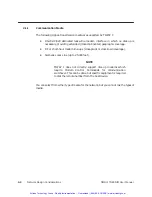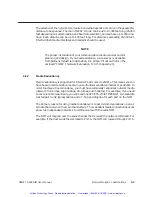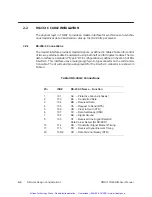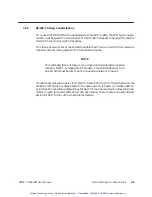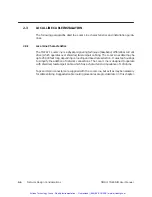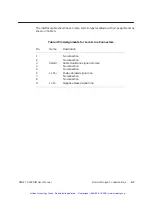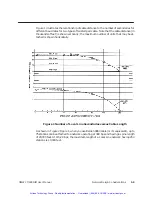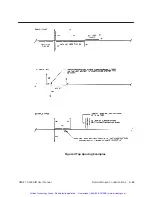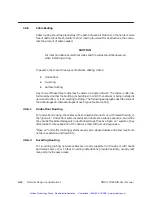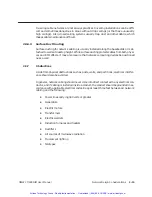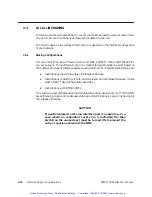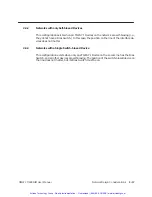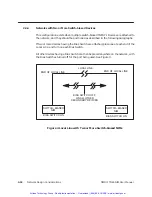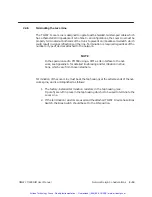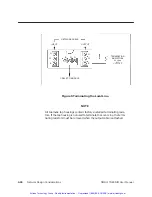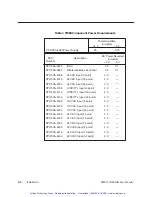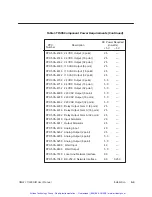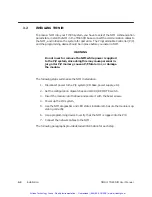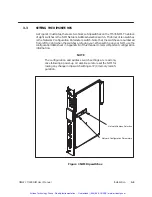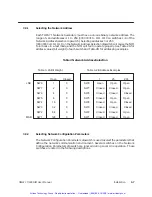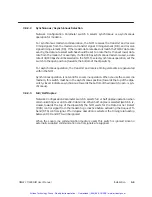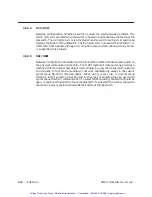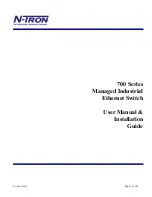
Network Design Considerations
2-15
TIWAY 1 Ti505 NIM User Manual
In-ceiling cable networks are not always practical. In-ceiling installations can be diffi-
cult and sometimes dangerous in areas without drop ceilings (or that have unusually
high ceilings). Also, closed ceiling systems usually trap dust and other debris, which
makes cable maintenance difficult.
2.3.6.3
Surface Duct Routing
Surface ducting for network cabling is usually installed along the baseboards or is at-
tached to walls at desktop height. While surface ducting protects cables from both physi-
cal and EMI effects, it may also require that network computing devices be positioned
near a wall.
2.3.7
Obstructions
Aside from physical obstructions such as posts, walls, and partitions, electrical interfer-
ence should also be avoided.
In general, network cabling should never come into direct contact with any electrical con-
ductor, and if cabling is installed inside a conduit, the conduit should be grounded in ac-
cordance with applicable electrical codes. Keep at least three feet between all network
cabling and the following:
Power lines carrying 440 volts or greater
Generators
Electric motors
Transformers
Electric welders
Induction furnaces and heaters
Rectifiers
All sources of microwave radiation
Fluorescent lighting
Teletypes
Artisan Technology Group - Quality Instrumentation ... Guaranteed | (888) 88-SOURCE | www.artisantg.com


